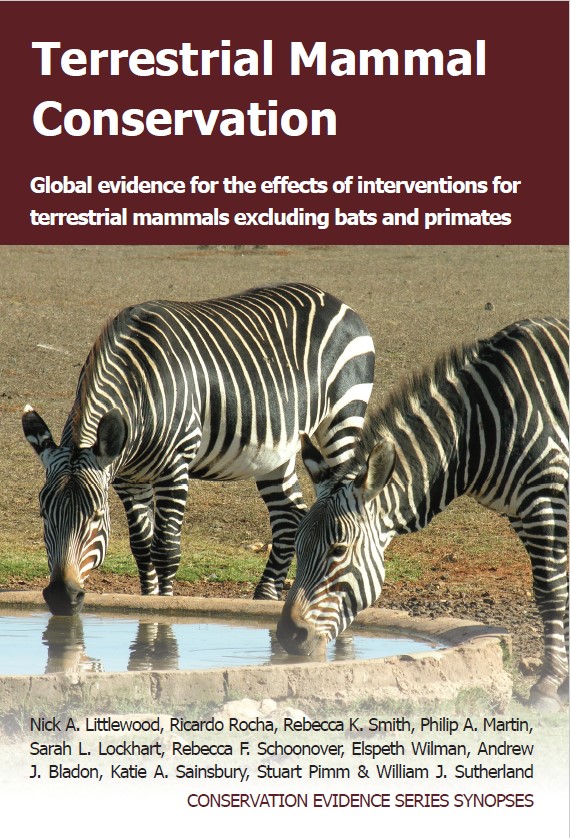Use repellents to reduce cable gnawing
-
Overall effectiveness category Unknown effectiveness (limited evidence)
-
Number of studies: 1
View assessment score
Hide assessment score
How is the evidence assessed?
-
Effectiveness
40% -
Certainty
30% -
Harms
0%
Study locations
Supporting evidence from individual studies
A randomized, replicated, controlled study (year not stated) in a captive facility in Colorado, USA (Shumake et al. 1999) found that repellents only deterred cable gnawing by northern pocket gophers Thomomys talpoides when encased in shrink-tubing. When repellents were contained within shrink-tubing, there were reductions in all four damage measures (mass loss, chewing depth, chewing width and volume of chewed area – see paper for details) for capsaicin-treated cables but just for two of the measures (mass loss and chewing depth) for denatonium benzoate-treated cables, when compared to cables treated with a non-deterrent substance. However, when applied to cables without shrink tubing, there was no reduction in the four damage measures for either capsaicin or denatonium benzoate-treated cables, compared to cables treated with a non-deterrent substance. Gophers were live-trapped in the wild and transferred to individual enclosures in captivity. Enclosures each had a 1.2-cm-diameter coaxial cable across an opening. Cables were sponged with capsaicin (six gophers) or denatonium benzoate (six gophers), each in solution with Indopol®, or with Indopol® alone (three gophers). The same treatments were applied to cables then encased in a shrink-tube coating (which adhered to the cable upon exposure to heat) with six gophers each offered cables treated with capsaicin, denatonium benzoate or Indopol® alone. In each case, after seven days, cables were assessed for weight and volume loss and for depth and width of gnawing damage.
Study and other actions tested
Where has this evidence come from?
List of journals searched by synopsis
All the journals searched for all synopses
This Action forms part of the Action Synopsis:
Terrestrial Mammal Conservation
Terrestrial Mammal Conservation - Published 2020
Terrestrial Mammal Conservation





)_2023.JPG)














